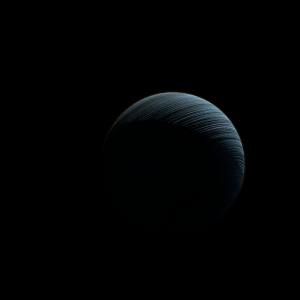|
|
Space Astro
|
Info for exoplanet "Shapi-ju"
| Scientific (actual) data |
|---|
| Name | HATS-63 b |
| Planet status | Confirmed |
| Planet mass | 0.96 |
| Radius | 1.207 |
| Orbital period | 3.05665 |
| Semi major axis | 0.04026 |
| Orbit eccentricity | 0.136 |
| Inclination | 84.86 |
| Discovered | 2018 |
| Updated | 2021-03-29 |
| Tzero tr | 2457660 |
| Impact parameter | 0.724 |
| K | 140 |
| Temperature (kelvin) | 1398 |
| Publication | Published in a refereed paper |
| Detection type | Primary Transit |
| Mass measurement type | Radial Velocity |
| Radius measurement type | Primary Transit |
| Star name | HATS-63 |
| Right ascension | 67.42° |
| Declination | -28.2° |
| Mag v | 13.7 |
| Star distance | 634.4 |
| Star metallicity | 0.08 |
| Star mass | 0.931 |
| Star radius | 1.07 |
| Star age | 10.4 |
| Star temperature | 5626 |
| Wikipedia article | HATS-63 b |
Back
| |
| Fictional info (?) |
|---|
| Suggested name | Shapi-ju |
| Planet type | Hot gas giant |
|
| Atmosphere | Hydrogen deuteride (HD) | 48% |
| Neon | 31% |
| Argon | 14% |
| Hydrogen peroxide | 6.5% |
| Nitric oxide | 0.00015% |
| Atmospheric pressure | 3.1 bar |
 |
| No known satellites |
| Google search for Shapi-ju |
|
Website by Joachim Michaelis
|
|
|
|